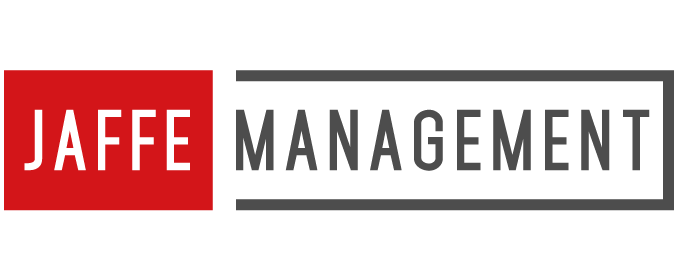12 Dec 2018 How to Get Better Editorial Coverage for Your Association Events
How to Get Better Editorial Coverage for Your Association Events
Does your membership association struggle to get decent press coverage for your events? Snagging editorial space can mean the difference between success or failure…between making back your expenses or falling short on attendance. Here are some tips to increase the likelihood of editorial coverage so that you’re reaching the largest possible audience.
Know Your Publications
Before you even request coverage for an event, you need to know the publications in which you want your story reported. Spend time time reading their content to get an idea for the type of stories they publish and who writes them. Look for regular-running columns that might be particularly suited for your upcoming event.
Cultivate Contacts
Once you have some publications in mind, start a list of contacts. But where do you get this information?
- Locate journalist bylines for stories that are similar to yours.
- Search through publication mastheads, in print or online.
- LinkedIn (look for individuals in applicable editorial positions).
- Review industry directories related to your field or target audience.
If you can develop a relationship with these people in advance, you have a better chance of getting coverage at the time of your event. In addition to connecting on LinkedIn with a brief note, look for these individuals on Twitter, Facebook, Instagram, Quora and other social media sites.
If you have the time, comment on their stories and blog posts and to build a rapport. Too many associations use their social media feeds like one-way streets, never actually engaging in any dialogue, which is a waste.
Develop an Angle for Your Story
When you have an upcoming event or piece of news to share, sending just the facts won’t be enough for most publications. To get them to want to publish your story, you want to develop an angle for it, a unique positioning or hook that ties your news to their readers’ interests.
For example, if you have an upcoming conference keynote speaker who invented a new cardiac catheterization device, your story can be pitched in multiple ways. Healthcare professionals will be interested in the technical aspects of the new device, including clinical research and objective data. The general public, on the other hand, would find stories about how this device has saved or changed lives more compelling. Different takes on the same topics make each story more exclusive, which news outlets often appreciate.
Submit Information in the Proper Format
Ideally, you want to be able to call your news and trade journal contacts and tell them personally you have a great story for them. But regardless of whether you are sending requested information as a follow-up to someone who’s interested or whether you’re sending it cold to an editor, it needs to be in proper press release format.
In addition to the proper contact information, you need a few paragraphs introducing the story and why it’s important; another paragraph (or two) with further details; a quotation (or two) for interest and credibility; and any other pertinent details, such as the dates, times, prices, etc., pertaining to the event. If you don’t use a standard press release, you risk your information being tossed in the trash (or dumped into the “delete” bin).


